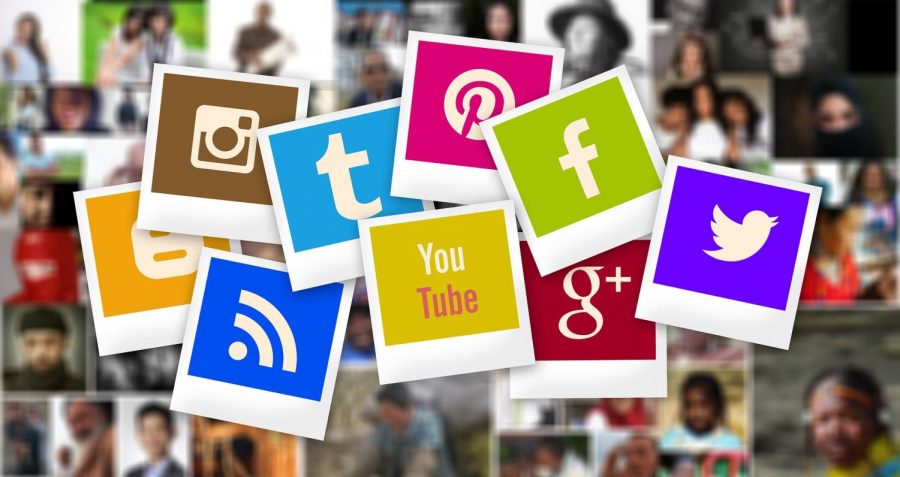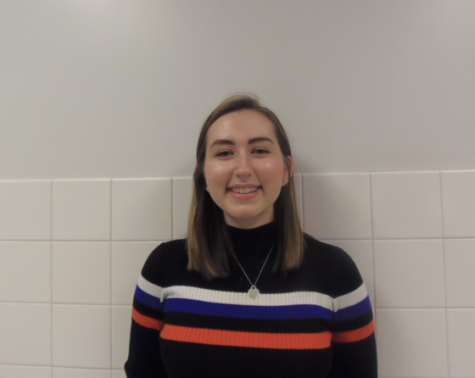Opinion: Social media use feeds paranoia with conspiracy theories
Conspiracy theories have found a home on social media.
February 24, 2020
In today’s current social structure, society has normalized the concept of mass paranoia in the disguised form of conspiracy theories and cancel culture.
In 2012, too many people believed that the end of the world was going to happen on the date 12/21/12. The theory was linked to the original Mayan calendar, which did not go past Dec. 12, 2012.
The conspiracy spread so wide that popular news channels like The Today Show and CNN were covering it. Even NASA published an explanation on why the world did not end on that day.
Today, popular Youtube accounts run by people like Shane Dawson and Kendall Rae have devoted a lot of time to sharing conspiracy theories.
The videos they produce turn these theories into a form of entertainment for their viewers, and make the theories gain even more of a following. They also spread this idea of mass paranoia among their viewers.
The concept of mass paranoia, or hysteria, dates back to the colonial time period with a better-known event: The Salem Witch Trials.
Mass hysteria today will only continue to heighten due to the modern use of social media and the youth’s interconnectedness from social media use.
Another current use of social media involves “cancel culture,” in which people dig up older quotes from politicians and celebrities to publicly shame them and shut them down.
Cancel culture adds to this idea of collective obsessive behavior, as well as mob mentality. It leads to the spreading of mass paranoia among the youth.
Together, conspiracy theories and cancel culture create an environment fueled by fear.



